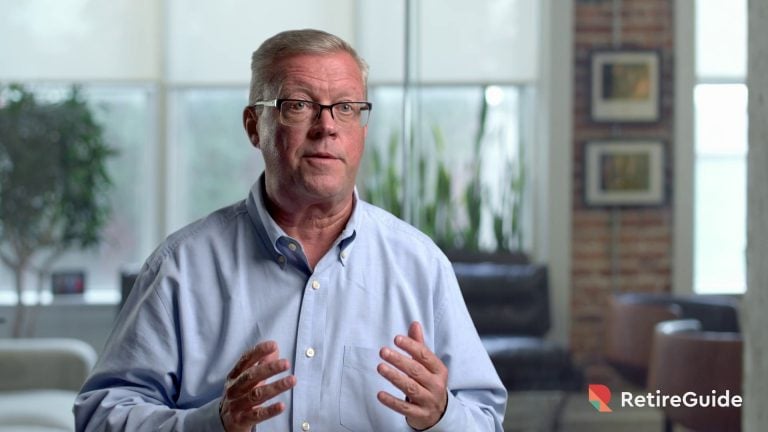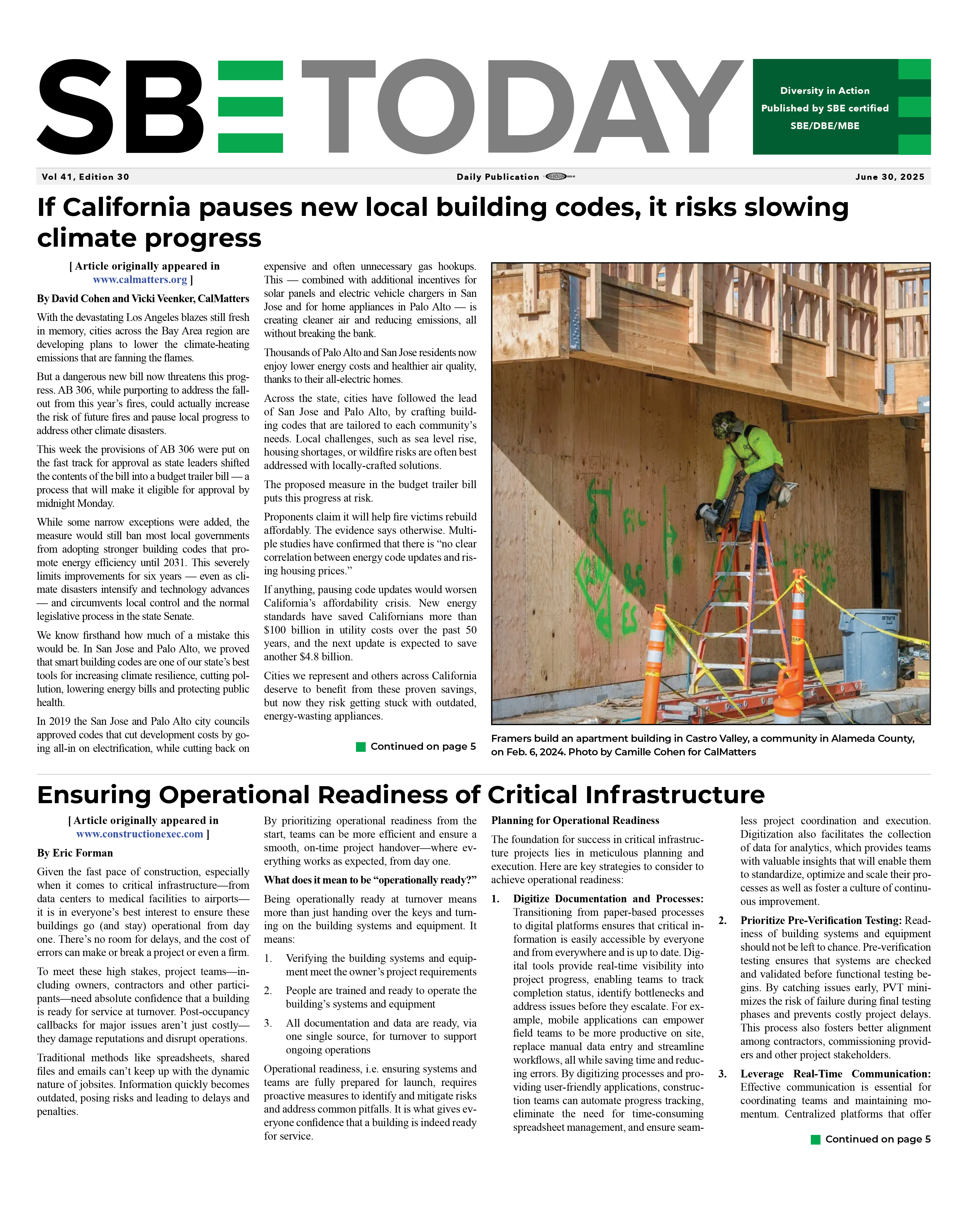|
|
Planning for Retirement
02/19/2021
By Terry Turner What Is Retirement Planning?Retirement planning allows you to create financial security while you’re working so that you can be financially comfortable when you retire. More than six in 10 American workers — 61 percent — say they feel stressed about preparing for retirement, according to the 2020 Retirement Confidence Survey by the Employee Benefit Research Institute. The survey found that people who have a retirement plan are “dramatically more likely” to say they have saved money for retirement. But only about four in 10 workers say they or their spouse have ever tried to figure out exactly how much money they will need to live comfortably in retirement.
Senior Writer Terry Turner lists major factors you should consider as you near retirement.
When Should You Start Planning for Retirement?Ideally, you should start retirement planning as soon as you start your first job. But it’s never too late to start. Create a checklist to map out a route to your retirement. List every goal you need to meet to retire on time and with enough income.
Questions for a Retirement Planning Checklist
Refer to your list from time to time to adjust your plans as needed. Take into account changes in employment, new family members and other major life events. Three Stages of Retirement PlanningYou will need to adjust your retirement planning throughout your lifetime as you earn more income, owe more debt, raise a family and experience other major life events. Generally, there are three stages of retirement planning played out over your lifetime that loosely take into account all these changes. Each offers opportunities and challenges to your retirement goals.
What to Consider During the Three Stages of Retirement Planning
Types of Retirement InvestmentsThere are several types of retirement income and investment options to help you reach your retirement goals. Knowing how these work, and how much return you can expect from each, can help you lay out your strategy for retirement.
Types of Investment Options for Retirement Income
Health Care in RetirementAny type of retirement planning must take into account health costs in retirement. As you age, these costs will become a growing part of your budget. While you’ll qualify for Medicare when you turn 65, it doesn’t cover all your health care costs. You can buy Medicare Supplement Insurance, sometimes called Medigap coverage, that can help you pay uncovered costs such as copayments, coinsurance and deductibles. You need to be aware of premiums for Medicare Advantage plans in case you chose one of these Part C plans to cover some of these costs. These are different from Medigap plans. And be aware that if you wait to buy an advantage plan when you turn 65, you’ll have to pay higher premiums for them if you buy one later on. You’ll want to consider the cost of Medicare prescription drug coverage, called Part D. Original Medicare does not pay for drug costs. Other Things to Consider Before You RetireRetirement planning should also take into account other assets you may have, how you want to distribute your assets and how you want to take care of your family after you are gone. You need to think about how these assets factor into your retirement and make sure you are maximizing your net worth into retirement. Home and Real EstateYour housing costs should be factored into your retirement planning. If you have paid off your mortgage or have a large amount of equity in your home, it can play a role in your overall financial well-being during retirement. Working with a financial manager may help you understand different ways your house or other real estate can be used as a tool in your retirement planning. You may also want to discuss whether it would be best for you to rent or own and what tax advantages or expenses you may have with real estate property. Estate PlanningThis allows you to determine how your assets will be distributed after you die. Without a plan, your loved ones could be left facing expensive and sometimes emotionally painful consequences. Estate planning protects your loved ones by designating which of your heirs receives specific assets. It can spare your family from a huge tax bill and it can eliminate family disagreements over property. Tax EfficiencyThis involves withdrawing your investments in a way that minimizes your tax burden. When you invest in certain retirement accounts, such as IRAs and 401(k) plans, the taxes on that money are diverted — meaning you don’t pay taxes on the contributions until you start taking money out of your account. A financial planner can help you with a strategy to withdraw that money in the most tax efficient means possible, giving you more bang for your buck. Life Insurance
Life insurance plays a major role in any retirement plan. It helps your loved ones weather financial risk and unexpected costs in the event of your death, while helping them reach their financial goals after you are gone. Back To News |
|
||||||||||||||||






